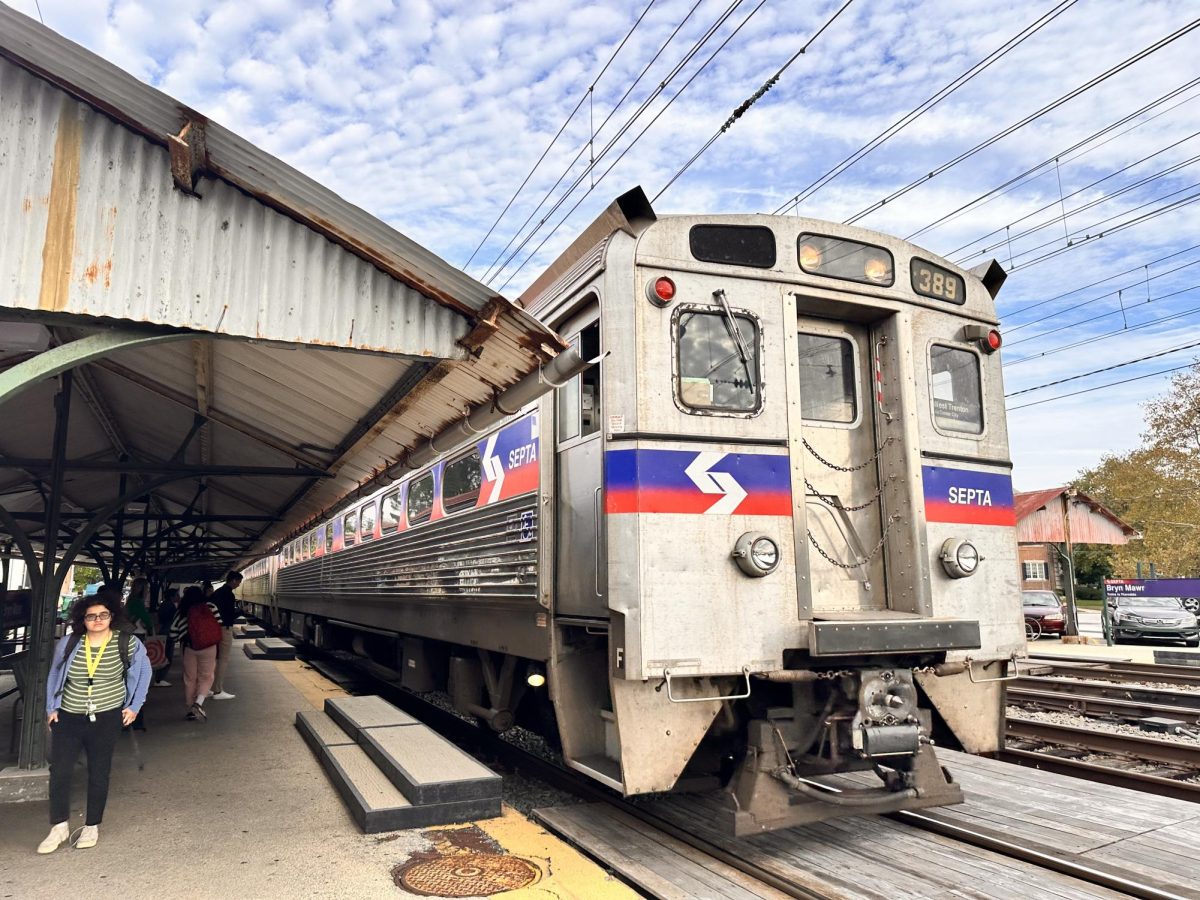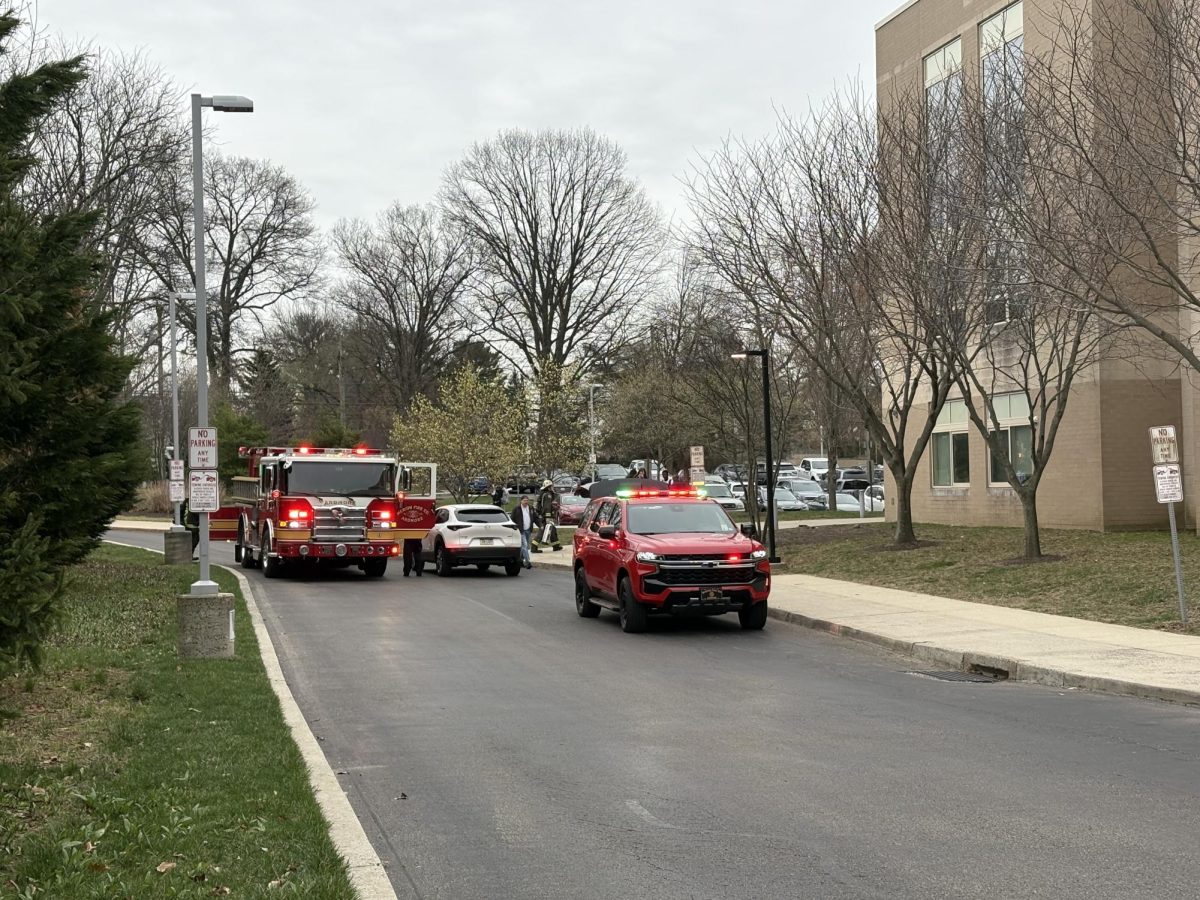With each tick of the clock, students dash through the maze of school to get to class on time. Within five minutes, students barely have enough time to pack their bags and trek through the student-flooded halls. The current five-minute passing period at Lower Merion High School fails to accommodate the various challenges that students face, including heavy backpacks, crowded hallways, and restroom needs, which compromises their ability to prepare for and succeed in their classes. Extending the time in between classes would be an essential asset to students and their academic performance.
Spanning over 320,000 square feet across four floors and two buildings, the distance between classes can often become unmanageable on its own, making it impractical for students to visit a locker. Getting to a locker that is possibly floors away from your next class in a timely fashion is simply an unreasonable expectation for students. Consequently, LM students have virtually eliminated the use of lockers in the school, as it proves to only be a burden. As a result, students carry around bags that are bursting with books and binders. Carrying all your materials at once is undoubtedly the most effective and only way to save time given the minimal amount of time allotted to move between classes. What’s the need for a PE class when you lug around a bag that could be described as a workout on its own? Bound to an enormously heavy backpack, students are time pressed to make it to their class on time. This expectation becomes even more unrealistic when having a class in the chemistry building, which is a reality that many students face. When having a teacher who lives by the mantra, “the bell doesn’t dismiss you, I do,” minutes can very quickly be lost from a student’s already critical time. Including other obstacles and inconveniences that may arise in the congested halls, five minutes can easily boil down to three or less.
This poses other difficulties for students as well. LM has recently implemented the rule in which students cannot leave the classroom within the first or last ten minutes of the class. Although this rule is only strictly enforced by some, it forces students’ only choice to be leaving the class during the middle, when the bulk of the learning takes place, or to wait until the next passing period. Visiting the bathroom during this short amount of time leaves students with insufficient time to get to their next class, almost guaranteeing an unexcused tardy. This creates a situation where students are forced to choose between ignoring their need to use the restroom or being tardy to their next class. When considering the distance between two buildings and the immense package students are required to carry, these problems become amplified.
Aside from providing a time to use the restroom and access a locker, the passing time between classes serves as the only time for students to rest their brain besides lunch. Having this break prepares students for maximum information retention and absorption in their next class. Allowing for students to have greater time in between classes keeps students’ minds nimble and prevents them from being overridden with pressure. In order for students to succeed, a thorough break from all stimuli is imperative. Weighing in all the stressors that a student must deal with from the time their class ends until they arrive at the next, it is evident that a truly effective passing period would allot more time in between these classes.
An effective break in between classes would allow for more time for students to tackle all obstacles that may come their way, while still allowing for personal time, such as time to use the restroom. Doing this ensures the welfare of students and helps to eliminate stress inducing factors. Increasing the time in between classes by just a few minutes would give students a much needed break and alleviate their stress.
In light of these challenges, if administrators truly understood the obstacles that students face between lugging heavy bags across vast distances in such a short amount of time, they might reconsider the given time in between classes. After all, how effective would their meetings be if they faced the same challenges?






